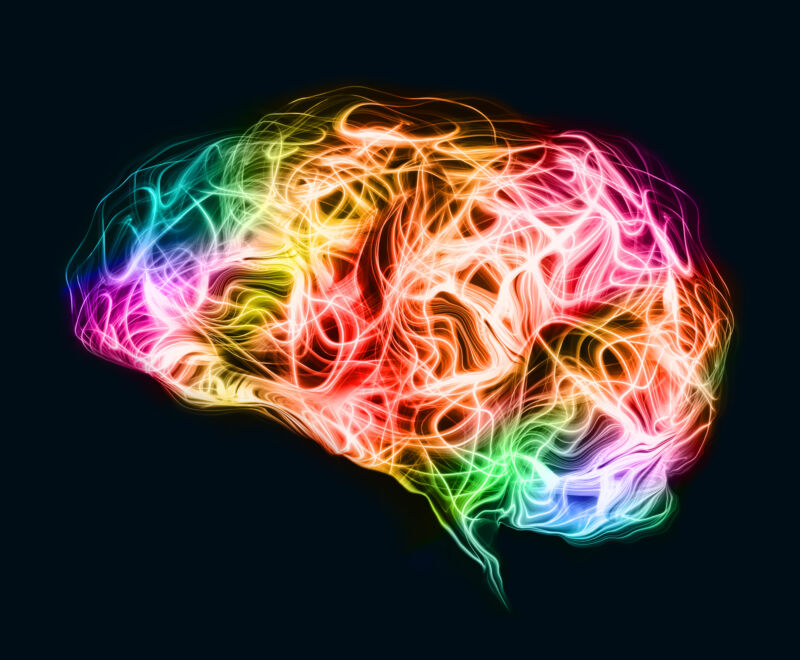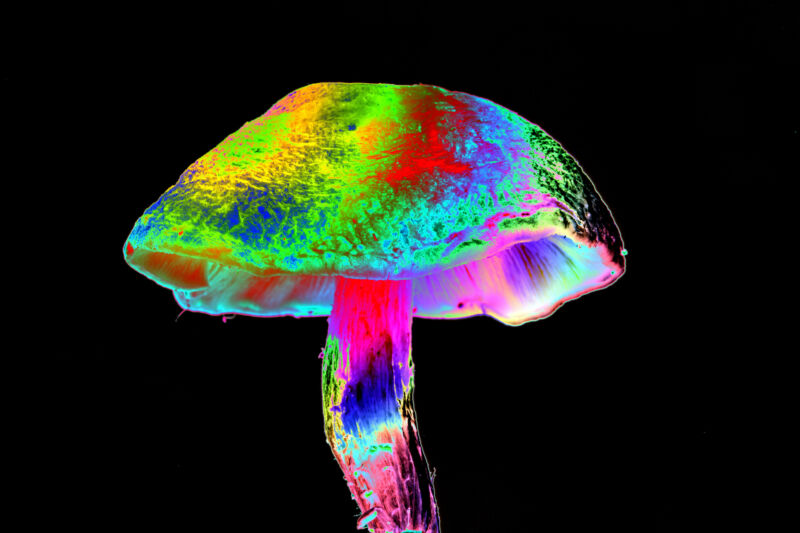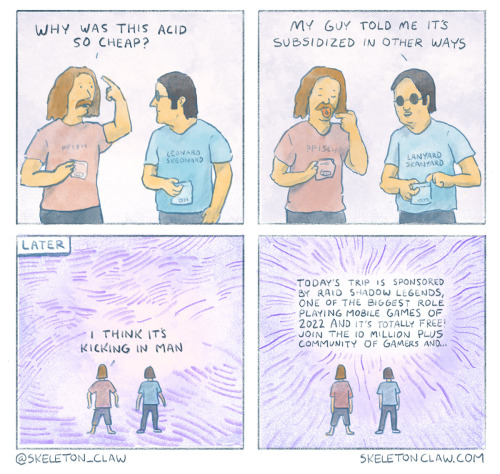-
 chevron_right
chevron_right
Illegal drug found in Diamond Shruumz candies linked to severe illnesses
news.movim.eu / ArsTechnica · Friday, 19 July - 17:59 · 3 visibility

Enlarge (credit: Diamond Shruumz )
Newly released testing data of Diamond Shruumz-brand gummies purchased in 2023 identified the presence of psilocin, a hallucinogenic drug closely related to the magic-mushroom drug psilocybin that is classified as a Schedule I drug, alongside psilocybin, heroin, and LSD.
The finding comes as Diamond Shruumz's current line of gummies, chocolates, and candy cones is being recalled and are under active investigation in connection to a nationwide rash of severe illnesses, which have involved seizures, intubation, and intensive care. As of the latest update on July 15, 69 people in 28 states have been sickened after eating a Diamond Shruumz product. Sixty of the 69 sought medical care, 36 were hospitalized, and there is one potentially associated death under investigation.
The new finding of psilocin in the products, published by researchers at the University of Virginia, adds to growing concern about psychedelic mushroom candies generally. Although the candies are marketed as being legal, they have often been found to contain various undisclosed illegal drugs, gray market synthetic versions of drugs, as well as dangerous adulterants and contaminants.






